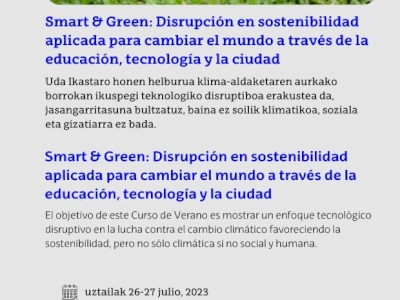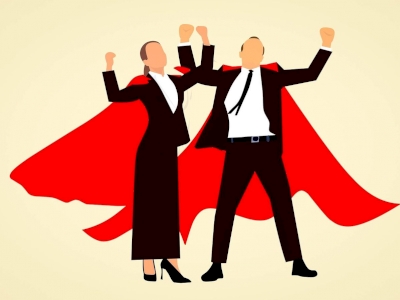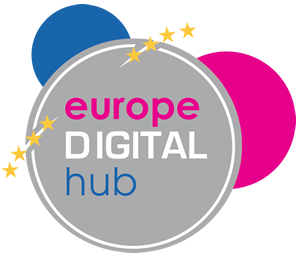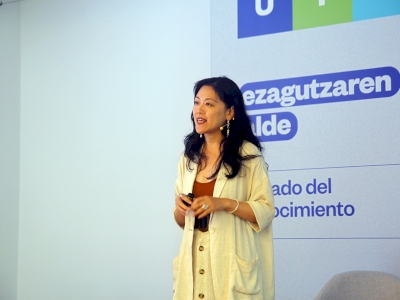gameWorld

SORA (OpenAI)
OpenAI has done it again. Since the launch of GPT-3, DALL-E, and then ChatGPT and its GPT-4 model, the firm led by Sam Altman has been the vanguard of generative artificial intelligence. Now, the company has surprised the world again with the launch of Sora, its artificial intelligence model that generates videos from text, moving images.
Sora's promise is that it turns written sentences into videos of up to 60 seconds. The first examples generated are spectacular, combining realistic images with other fantastic ones.
Using deep learning techniques and neural networks, Sora can turn text into impressive and realistic videos if you want.
Sora can output videos of any resolution and aspect ratio, even up to 1080p
One of Sora's most notable features is its ability to simulate digital worlds. Through experiments with games like Minecraft, Sora can render entire environments and control characters in real time. This opens up a wide range of possibilities for creating video games and interactive experiences.
Additionally, Sora can also perform image and video editing tasks such as creating loops, extending videos forward or backward in time, and changing the background of an existing video. These features make Sora a versatile and powerful tool for audiovisual production.
Although there are other video generation models based on artificial intelligence, such as Pika or Synthesia, Sora stands out for its ability to realistically simulate digital worlds.
Unlike other models that rely on the generation of a single image or video, Sora goes further and appears to be able to calculate the physics of each object in an environment to render images and videos based on these simulations. This gives Sora a significant advantage in terms of realism and visual quality.
Sora can output videos in any resolution and aspect ratio, making it more adaptable to different platforms and devices.
OpenAI has decided to limit its access initially to a limited access program for some users only. This is due to the possible implications and dangers associated with this technology, such as the generation of deepfakes and fake videos.
The firm says in a statement that it is "committed to ensuring the ethical and responsible use of Sora," and is working on policies and regulations for its safe implementation, but at the same time a few paragraphs later it assures that the implications "nor predict the uses and abuses to which this technology can give rise.
What implications and dangers do these models open up:
The possibilities that Sora offers are dizzying, but they also carry obvious dangers when it opens to the public. On the one hand, the ability to generate realistic, high-quality videos could revolutionize the entertainment and audiovisual production industry. The creation of digital worlds and virtual characters becomes more accessible and realistic.
However, there is also the risk of misuse of this technology. Deepfakes, manipulated videos that appear real, could become even more convincing with Sora's ability to generate realistic videos.
What seems clear is that with the launch of Sora, OpenAI once again demonstrates its leadership in the field of generative artificial intelligence.
Multimedia
Smart & Green Fundazioa Summer Courses from UPV/EHU

What are you waiting for? Sign up
Blockchain Conference La Rioja









